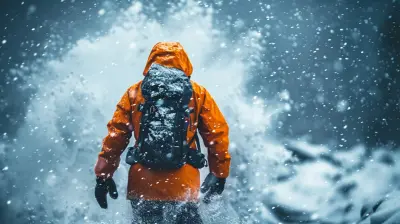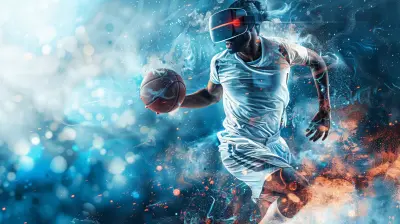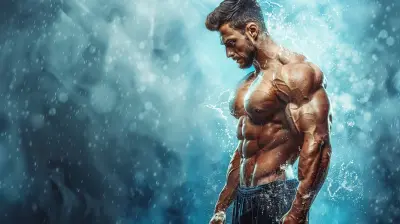How to Find the Best Protective Eyewear for Your Sport
16 June 2025
When it comes to sports, protecting your eyes is just as important as wearing the right shoes or gear. Whether you're tearing up the basketball court, shredding the slopes, or cycling at high speeds, the right protective eyewear can make a huge difference. Injuries to the eyes can be serious and, in some cases, even career-ending. So, how do you find the best protective eyewear for your sport? Let’s break it down step by step. 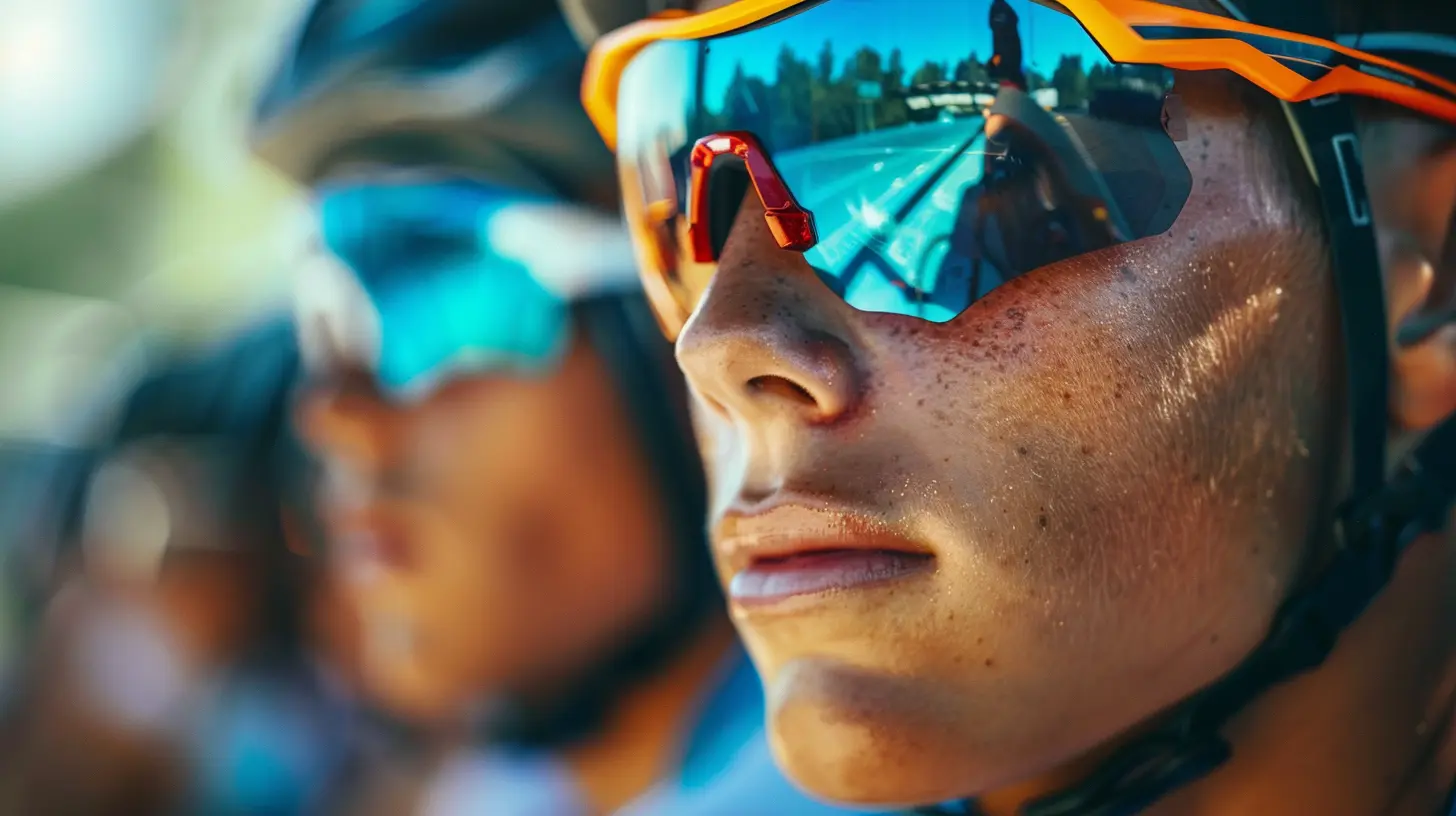
Why Protective Eyewear Matters
Many athletes overlook eye protection, assuming it's only necessary for sports like hockey or paintball. But think about it—almost every sport comes with the risk of eye injury. A flying elbow in basketball, a stray tennis ball, or even the sun’s glare while running a marathon can all spell trouble.Wearing the right protective eyewear can:
- Prevent injuries – From minor scratches to severe trauma, eyewear shields your eyes from unexpected impacts.
- Enhance performance – Better vision means better reaction time. Tinted or polarized lenses can also reduce glare and improve contrast.
- Increase comfort – Wind, dust, and debris can be distracting, but good eyewear keeps them at bay.
Now that we know why it’s important, let’s dive into how to choose the best pair for your sport. 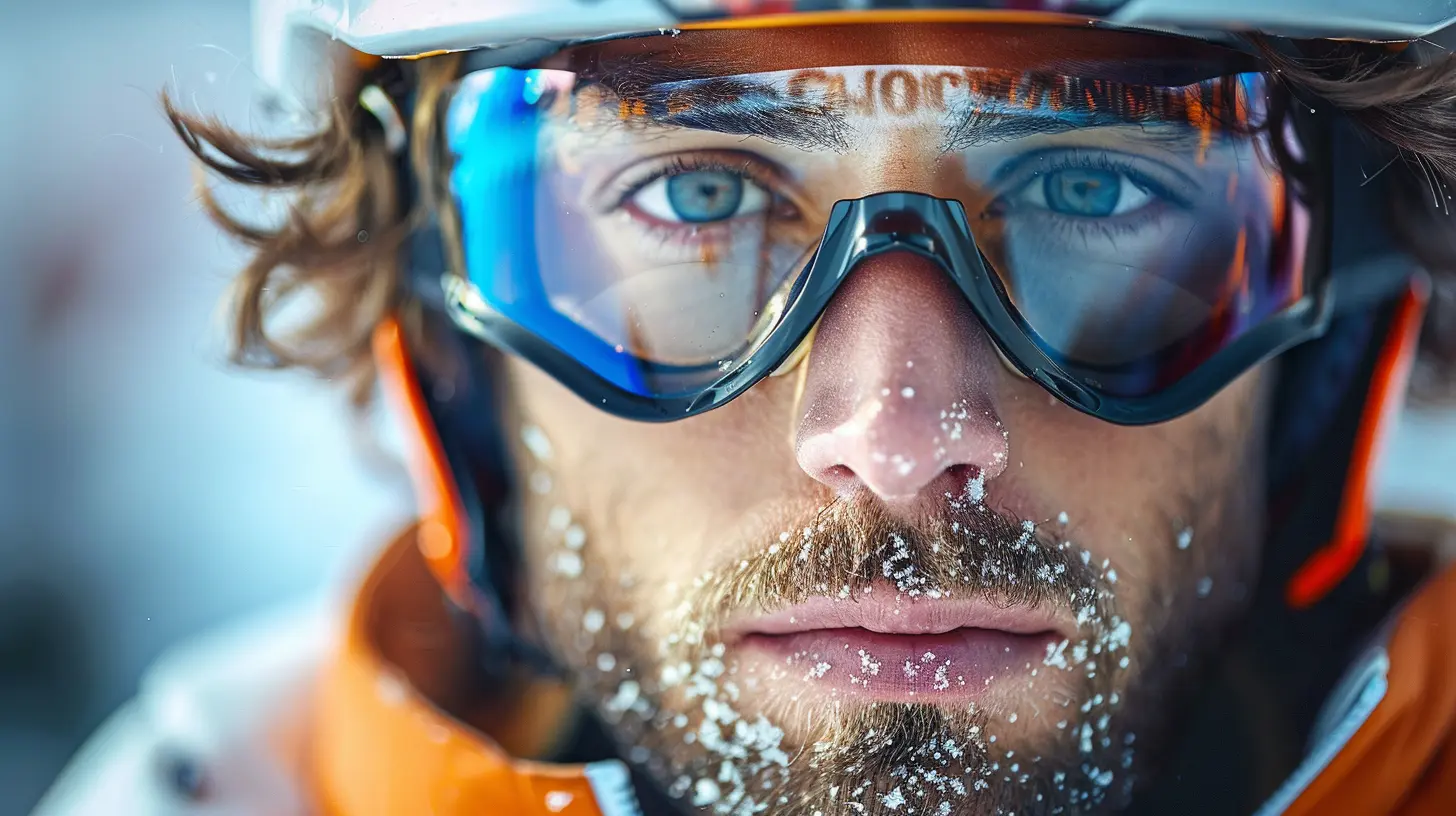
Key Factors to Consider When Choosing Protective Eyewear
Not all sports eyewear is created equal. To find the perfect pair, you’ll want to focus on a few key factors:1. Type of Sport
Different sports have different risks. The eyewear you need for basketball won’t be the same as what you’d wear for skiing. Here’s a quick guide:- High-impact sports (basketball, racquetball, hockey) – Look for polycarbonate lenses with a strong, shock-resistant frame.
- Outdoor sports (cycling, skiing, running) – Opt for UV protection and anti-fog coatings to cope with sun glare and weather conditions.
- Water sports (swimming, surfing, kayaking) – Goggles with anti-fog and waterproof seals are essential.
- Ball sports (baseball, tennis, golf) – Consider polarized lenses to reduce glare and improve contrast.
Before buying, think about the environment you’ll be playing in and the risks involved.
2. Lens Material
The lens is the most critical part of any protective eyewear. You’ll find a few different materials, but one stands out:- Polycarbonate – Lightweight yet incredibly tough, polycarbonate lenses are impact-resistant and provide UV protection. These are the gold standard for sports eyewear.
- Glass – Offers clear vision but isn’t ideal for high-impact sports due to its fragility.
- Plastic (CR-39) – Lightweight and affordable, but not as durable as polycarbonate.
If you're serious about protection, polycarbonate lenses are the way to go.
3. UV Protection
Even if you're playing indoors, UV rays can still cause eye damage over time. If you're involved in outdoor sports, make sure your eyewear provides:- 100% UVA and UVB protection – Prevents long-term eye damage and reduces glare.
- Polarization – Helps cut down on glare from water, snow, and reflective surfaces.
4. Frame Design and Fit
Comfort is key! Your eyewear should stay in place and feel comfortable, even during intense movement. Consider:- Wraparound styles – Provide maximum coverage and prevent peripheral light from sneaking in.
- Adjustable straps – Essential for high-movement sports like skiing or cycling.
- Rubberized grips – Help prevent slipping due to sweat.
A poor-fitting pair of glasses can be just as bad as not wearing any at all. If they slide off your face mid-game, they’re useless!
5. Anti-Fog and Ventilation Features
Ever had your lenses fog up during a game? It’s frustrating and downright dangerous. To avoid this:- Look for anti-fog coatings – These prevent condensation buildup.
- Ensure good ventilation – Some designs include small vents to improve airflow and reduce fogging.
This is especially important for winter sports and intense indoor activities.
6. Prescription vs. Non-Prescription Eyewear
If you wear glasses, you don’t have to choose between clear vision and protection. You have options:- Prescription sports glasses – Custom-made to match your vision needs while offering full protection.
- Contact lenses + sports goggles – Another popular option, but make sure the goggles fit securely over your contacts.
Wearing the right eyewear means you won’t have to struggle with poor vision while playing. 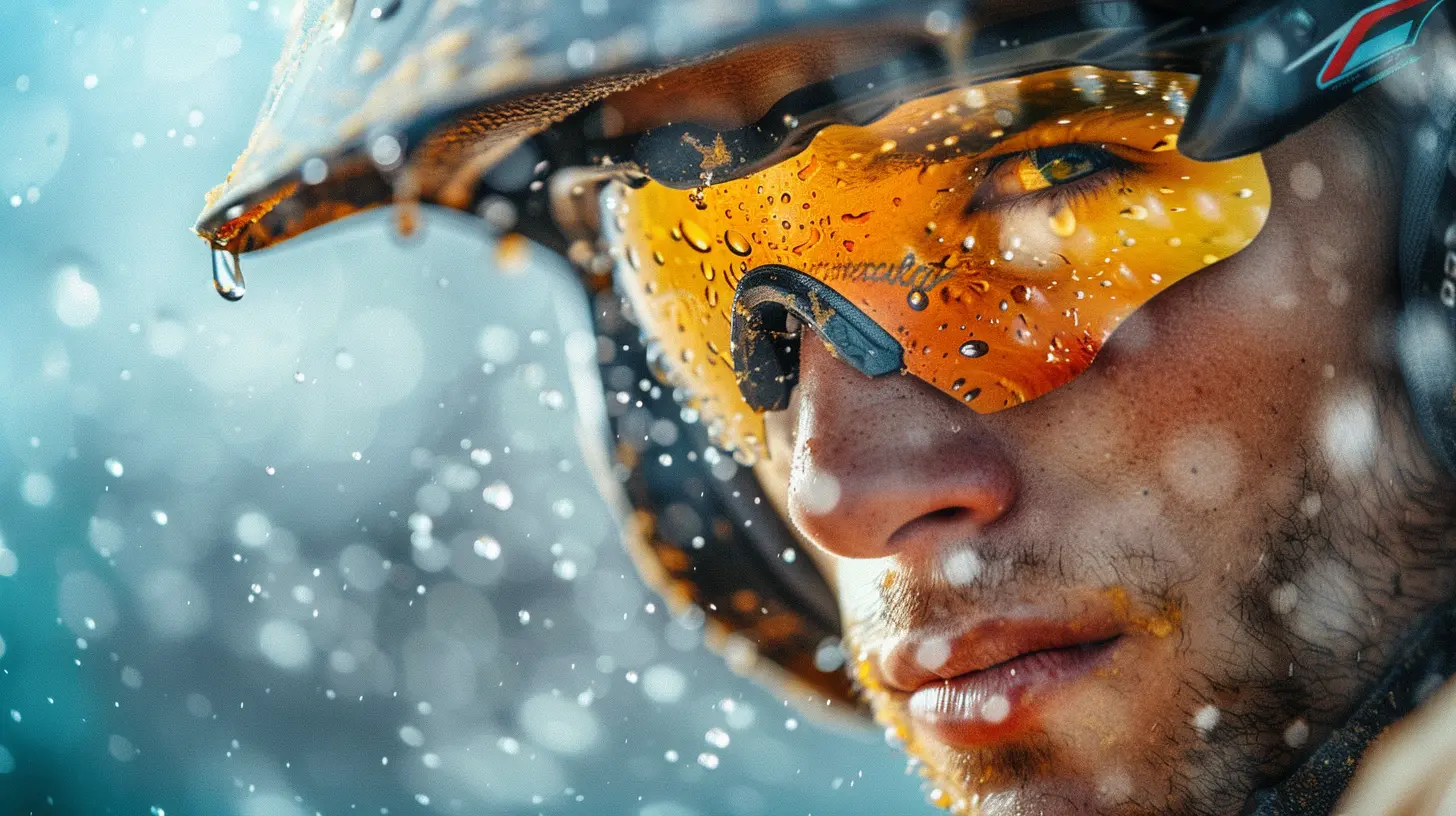
Best Protective Eyewear for Popular Sports
Let’s take a look at some of the best protective eyewear options for various sports.1. Basketball & Racquet Sports
- Recommended eyewear: Polycarbonate sports goggles with a snug fit.- Why? High risk of fast-moving objects (balls, rackets, elbows) making contact with your face.
2. Cycling & Running
- Recommended eyewear: Wraparound sunglasses with UV protection and anti-fog features.- Why? Protects against debris, wind, and harmful UV rays while improving visibility.
3. Baseball & Softball
- Recommended eyewear: Impact-resistant sports sunglasses with polarized lenses.- Why? Enhances vision in bright conditions and protects from unexpected impact.
4. Skiing & Snowboarding
- Recommended eyewear: Anti-fog, UV-protected ski goggles.- Why? Shields against snow glare, cold wind, and potential crashes.
5. Swimming & Water Sports
- Recommended eyewear: Sealed, anti-fog swimming goggles.- Why? Keeps water out while ensuring clear vision underwater.

Additional Tips for Buying Protective Sports Eyewear
1. Get a Proper Fit
Ill-fitting eyewear can be annoying and ineffective. Try on different pairs and make sure they sit comfortably without slipping.2. Check for Certifications
Look for eyewear that meets safety standards such as:- ANSI Z87.1 (American National Standards Institute – for impact resistance)
- ASTM F803 (Sports-related eyewear standards)
3. Don’t Skimp on Quality
While budget options exist, investing in high-quality eyewear ensures long-term protection and durability.4. Replace Old or Damaged Eyewear
Scratched or cracked lenses can compromise safety. If your eyewear is showing signs of wear, it’s time for an upgrade.Final Thoughts
Your eyes are priceless, and protecting them should always be a priority—no matter what sport you play. The right protective eyewear doesn’t just prevent injuries; it enhances performance, comfort, and confidence on the field, court, or slopes.So, before you jump into your next game or outdoor adventure, ask yourself: Is my vision protected? If not, it’s time to invest in a quality pair of sports eyewear tailored to your needs. Safety and performance go hand in hand—when you see better, you play better!
all images in this post were generated using AI tools
Category:
Sports GearAuthor:

Umberto Flores
Discussion
rate this article
3 comments
Kristy Duke
Great article! Protecting our eyes is crucial in sports, and your insights on selecting the right eyewear are invaluable. Thank you for emphasizing the importance of safety; it truly enhances our athletic experience and well-being.
June 22, 2025 at 11:40 AM

Umberto Flores
Thank you for your kind words! I'm glad you found the insights helpful—protecting our eyes is indeed essential for a safe and enjoyable athletic experience!
Tatianna Wade
Great article! Finding the right protective eyewear is essential for safety and performance in sports. I loved the tips you provided—definitely going to share this with my teammates. Keep up the awesome work!
June 22, 2025 at 4:52 AM

Umberto Flores
Thank you for your kind words! I'm glad you found the tips helpful—sharing them with your teammates is a great idea! Stay safe and keep playing!
Soliel Roberson
This article offers valuable insights into selecting the right protective eyewear for various sports. It highlights essential factors like fit, lens quality, and durability. Prioritizing eye safety is crucial for athletes, and this guide simplifies the process of making an informed choice. Highly recommended!
June 17, 2025 at 4:55 AM

Umberto Flores
Thank you for your positive feedback! I'm glad you found the insights helpful for prioritizing eye safety in sports.

